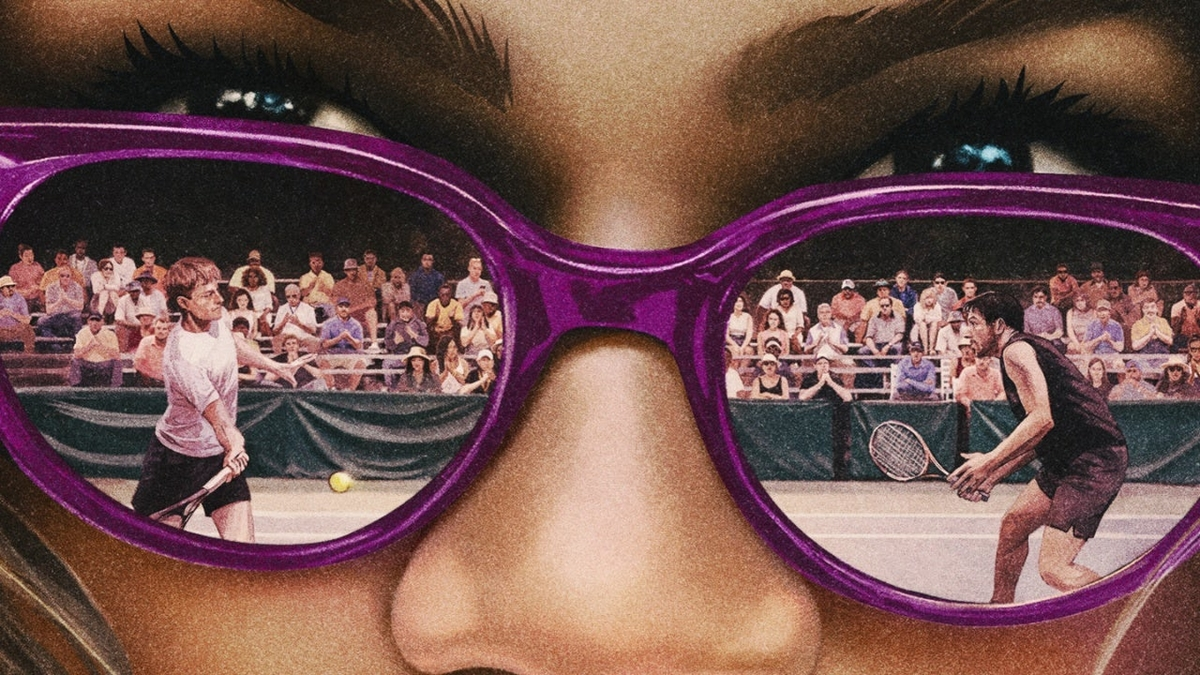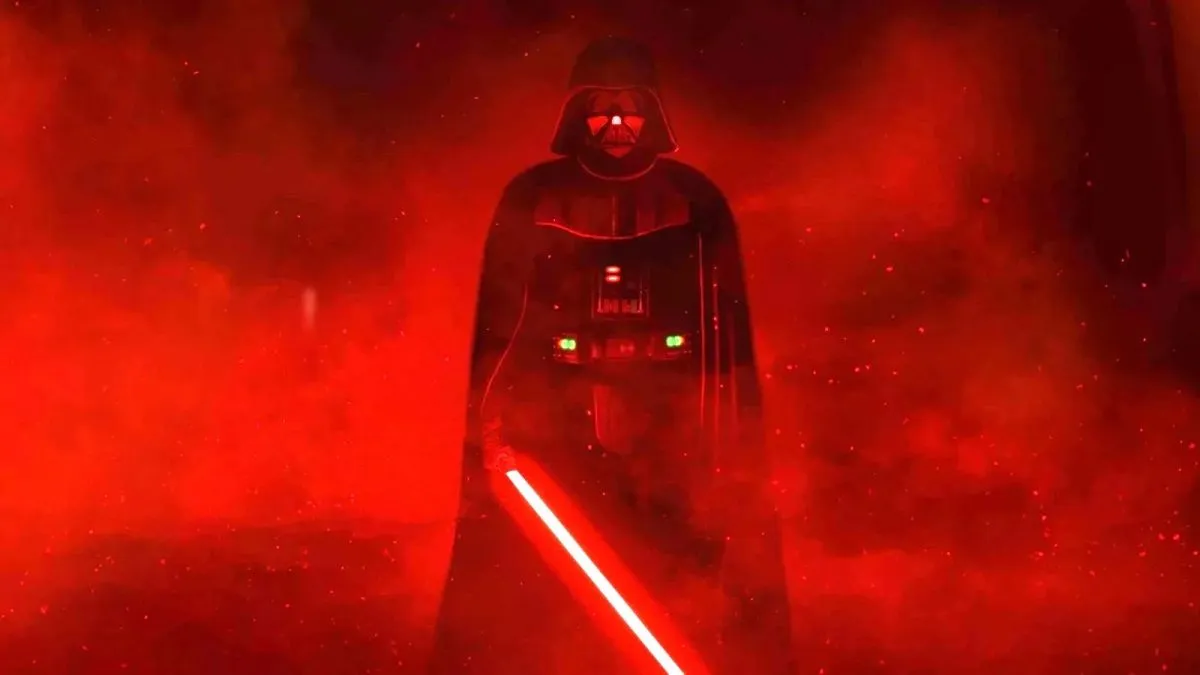The development of the character of Mad throughout the film is beautiful to behold. Her arc is a significant part of the work done by this 2012 Black List script – written by Julia Hart – in challenging every expectation regarding what this movie might ultimately be by the unspooling of the final reel. While Augusta is the main protagonist, and Louise sees her innocence and sense of safety destroyed by male violence, Mad is the constant, beating heart of the piece. She nurtures this newly defined family both physically and emotionally, as she slowly reveals her own, past experiences of violence while enslaved.
As the film moves relentlessly on, we discover that Mad makes an invaluable contribution to her adopted family. She is their only source of hope in a time that is, to all intents and purposes, the end of their world. Without hesitation, and with heartbreaking subtlety, she gently guides Augusta and Louise through the harrowing events that befall them – reassuring them, and presenting herself as evidence that survival is possible.
“I think because of being a woman who has been muzzled all her life, and shackled, she’s had to reach beyond what she cannot see as evidence of hope. Augusta and Mad are kind of about the same age, so they have this whole conversation – I don’t think it even made it into the film – where Augusta is asking [Mad] what it’s like to be a woman, and be desired by a man. So, Augusta kind of always looks to Mad for that. And Louise, for me, represented the children that Mad had lost, so she’s always taking care of Louise. So, in that scene where she’s talking about the past violence she’s experienced, it was her way of healing Louise, emotionally, so didn’t feel like she was alone.
[Shooting that scene] thankfully, because Jessica [Drake, dialect coach] is Jessica – I didn’t want to worry about the accent, because I tend to find that when I work on a dialect, if I get emotional, it just goes haywire. So I really, really worked on that, so I wouldn’t have to think about it. But then I think that Daniel just came in, and we had previously talked about it how I felt about the scene, and the way we do the scene in the film is not what I did in the audition. In the audition I was crying and I was a hot mess. But, Daniel just whispered in my ear, ‘It’s about Louise,’ and then he walked away. So, I thought ‘OK – just focus on Louise, just focus on Louise. Just try to heal her – that’s all. That’s your job.’ That’s kind of how I approached it.”
One of the most fascinating aspects of The Keeping Room has been the response of audiences, since the phenomenal script is historically and culturally specific, while allowing room for viewers to apply their own interpretation of the story. Inverting that aspect, just as the film inverts the traditional gender perspective of the Civil War period, there is the equally fascinating process of interpreting the script as a performer.
“I would just say that if I step back and look at it as an audience member, the first thing that struck me when I read Julia’s script, was that I had to go back and remember how old I was when I learned about the Civil War. As a kid living in Nigeria, I think I watched some programme called North And South, and then after I studied in High School in America, I got their take on the Civil War. So, when I was reading Julia’s script as an adult, I was like, ‘Is this my 8 year old self, my 16 year old self interpreting the script?’ It made me realize that as an adult, I need to go back and not take somebody’s spoon-fed version of the Civil War, to interpret the script. And I think that a lot of people will see the film through the lens of what they know, or what they were taught about the Civil War. And I think that – what I hope – is that it will force people to ask questions. I think a good story forces people to ask questions, and step out of their comfort zone, of what they think they know.
“Our young men and our young boys – and even our young women – are not taught about the women’s part of the Civil War. You know, it’s not really written. And, why I really loved Mad was that it was the first time that I’m seeing a writer not rely on the things that we already know about slaves to depict the horror of slavery. She approached it as a woman born into slavery, you know, not just that label of ‘slave’ and what we expect will come with that. It uses that, but she dug even deeper to remind us that this is a woman, and a human being, who was enslaved, and this is what she went through. I was able to connect more that way, as well, because I wouldn’t even dare to even think about how I could imagine what it was like to be a slave. I have no idea. And because it’s my ancestors, I feel like it’s double the pressure to humanize them as much as possible.”
With The Keeping Room as her new calling card, it is not hard to imagine that Muna Otaru is now fielding fantastic work offers from all sides. The actress, however, quite rightly keeps those opportunities under wraps – at least for now.
“There are a couple of things in the pipeline, but I don’t want to jinx them. And the film is still coming out, and more people need to see it. Fingers crossed, there are good things to come.”
Good things should indeed be coming down the line for Muna Otaru, and her cast and crew from The Keeping Room. Having collaborated to deliver one of the best films of 2015, we can surely expect to see a lot more from all of them.






